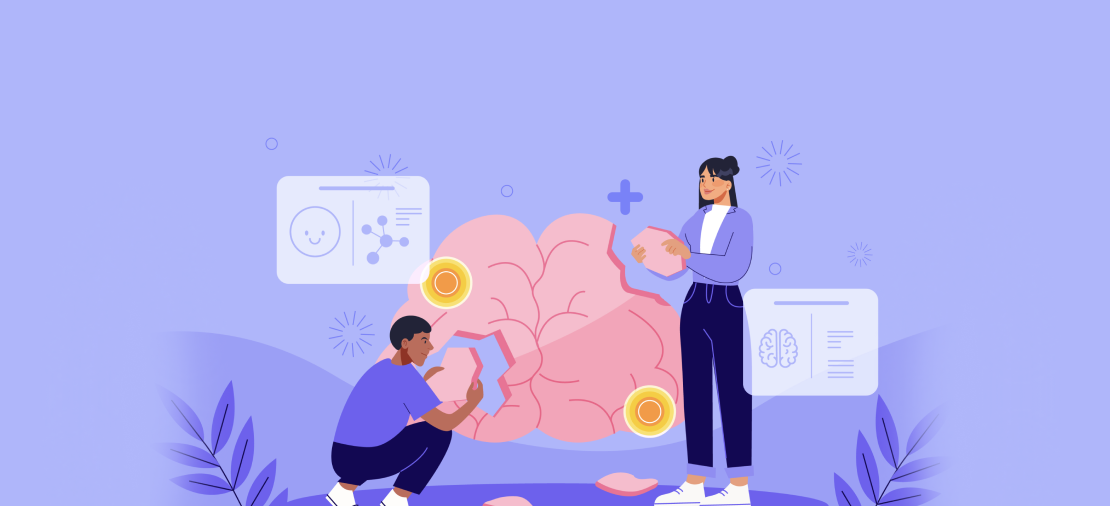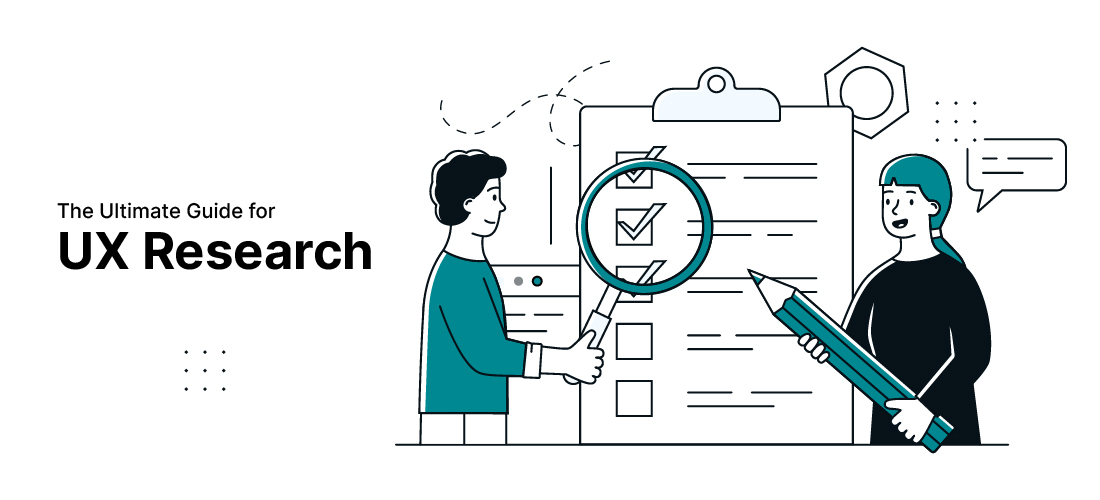Wishing you all a Happy World Mental Health Day- 10th October
If you have opted to read this blog, I know I have been able to intrigue you about what World mental health day has to do with UX (user experience), answer- It has everything to do with it.
Before we deep dive into the beautiful interrelation of World Mental Health day with UX, what exactly is World Mental Health day?
The World Health Organisation recognises World Mental Health Day on 10 October every year. It is an international day for global mental health education, awareness and advocacy against social stigma. The theme this year (2022) is ‘Make mental health and wellbeing for all a global priority’.
Everything that a person experiences impacts their mental health, this holds true for mental health as well. Be it a frustrating extra click or a non-clickable CTA, or a feature which is hard to discover on the website, or this rotary dial style UX for entering contact number. This rotary dial may be nostalgic for some of us, but imagine having to do that for adding your contact number every single time! All these experiences induce a negative emotion which in-turn impacts mental health.

Link: 59 Hilariously Infuriating Examples Of User Interface That Even Satan Himself Couldn’t Come Up With
Connecting it with colour psychology, we know colour holds the power to evoke emotion. In UX the context in which a colour is used may impact a person’s affective state. For example, Red used in a dating application might be indicative of love, but red in a health management app may be perceived to be signs of danger to health.
Dark UX patterns whilst it may be viewed as good for the company, very subtly it entraps/ manipulates the user to perform an action which the user doesn’t intend to. Let’s have a look at the example below:

“No thanks, I’m not into saving” guilts the person to enter their email address and get 15% off even if the person doesn’t plan on buying from the website.
Let’s level up the knowledge a bit and get a bit theoretical. Did you know even one negative experience may trigger a negative spiral for the user to reel in? Based on Clark Hull’s notion of residual excitation, Dolf Zillman proposed the excitation transfer theory. According to this theory, affective arousal produced in one situation can persist and intensify emotional reactions occurring in subsequent unrelated situations. Simply put, if a user was unable to place that order of the new Air Jordans due to poor UX which made them feel frustrated, the next situation which otherwise could have been only slightly annoying might trigger an emotional reaction rating 8/10 on an anger scale (10 being very angry).
Remember this when you get upset first thing in the morning, and how you feel the day being rather obnoxious throughout.
As a designer you have an important role to play in mental health, you have the power to stimulate or negatively impact one’s mental health. If you have been able to make any cool designs fostering or promoting mental health, do share with us at hello@redbaton.in
Happy World Mental Health Day 2022.








